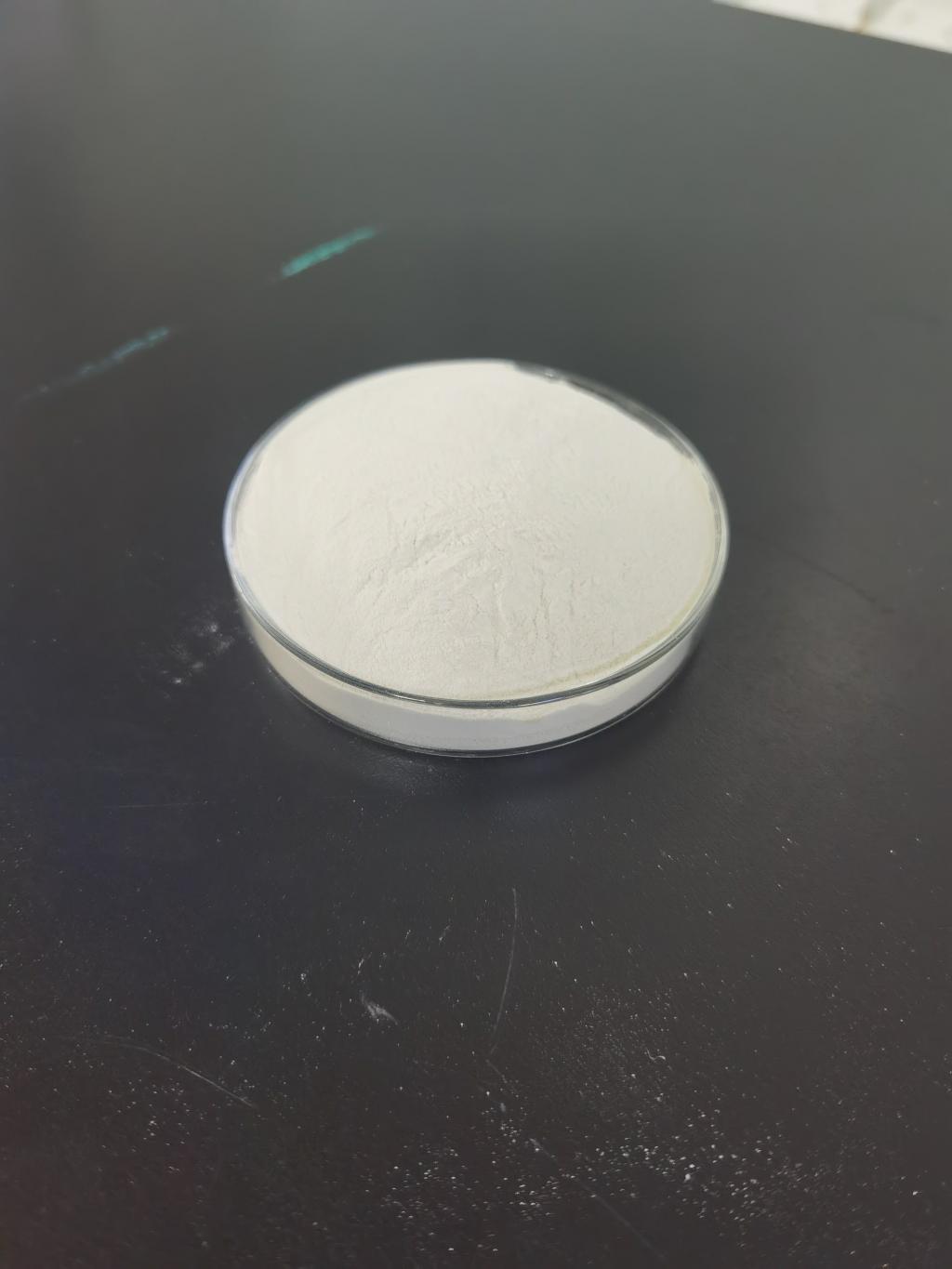Tel:+8618231198596

News
 CONTACT
CONTACT
 CONTACT
CONTACT
- Linkman:Linda Yao
- Tel: +8618231198596
- Email:linda.yao@dcpharma.cn
- Linkman:CHARLES.WANG
- Department:Overseas
- Tel: 0086 0311-85537378 0086 0311-85539701
News
Biotechnological Advances in Nisin Production.
TIME:2023-11-10
I. Traditional Nisin Production
Traditional nisin production involves the cultivation of nisin-producing lactic acid bacteria, followed by the extraction and purification of nisin from the fermentation broth. While this method has served the industry well, it has several limitations, including low yields and the time-consuming purification process.
II. Genetic Engineering of Nisin-Producing Strains
Genetic Modification of Lactococcus lactis
Genetic engineering has allowed for the enhancement of nisin production in its native host, Lactococcus lactis. Researchers have developed recombinant strains with optimized nisin biosynthesis pathways, leading to increased nisin yields. The manipulation of key genes involved in nisin production has been a primary focus of these efforts.
Heterologous Expression in Other Hosts
Beyond improving nisin production in Lactococcus lactis, genetic engineering has enabled the expression of nisin biosynthesis genes in alternative host organisms. Bacteria such as Escherichia coli, Streptococcus thermophilus, and Bacillus subtilis have been used as hosts for nisin production, offering advantages such as faster growth and higher yields.
III. Fermentation Optimization
Improved Fermentation Strategies
Biotechnological advancements have led to the development of sophisticated fermentation strategies for nisin production. Researchers have optimized fermentation conditions, including temperature, pH, aeration, and substrate concentration, to achieve higher nisin yields. This approach not only increases production efficiency but also reduces production time.
Fed-Batch and Continuous Fermentation
The use of fed-batch and continuous fermentation techniques has further enhanced nisin production. These methods maintain optimal growth conditions for nisin-producing bacteria and facilitate the continuous production of nisin, reducing the need for frequent batch restarts.
Bioreactor Design
Innovations in bioreactor design, including the use of bioreactor systems with controlled agitation, oxygen supply, and pH regulation, have led to improved nisin production. These bioreactors allow for the precise control of fermentation parameters, resulting in higher yields and product consistency.
IV. Downstream Processing and Purification
Efficient downstream processing is crucial for the isolation and purification of nisin from the fermentation broth. Advances in this area have focused on reducing production costs and increasing product purity.
Membrane Filtration
Membrane filtration techniques, such as ultrafiltration and nanofiltration, have been employed to concentrate and clarify nisin-containing solutions. These methods reduce the volume of fermentation broth that needs to be processed, resulting in higher nisin concentrations and simplified purification.
Chromatography
Chromatographic techniques, such as ion exchange and reversed-phase chromatography, have been utilized for the purification of nisin. These methods provide high-resolution separation of nisin from other compounds in the fermentation broth, ensuring the production of pure nisin.
V. Enhanced Nisin Production for Diverse Applications
Biotechnological advances have significantly expanded the range of applications for nisin beyond its traditional role as a food preservative.
Pharmaceutical and Medical Applications
Nisin's antimicrobial properties have found applications in the pharmaceutical and medical fields. Nisin has been explored for its potential as an antibacterial agent in wound care, dental products, and as a treatment for infections, including those caused by antibiotic-resistant bacteria.
Food Packaging
Incorporating nisin into food packaging materials is another biotechnological innovation. Nisin-embedded films and coatings help extend the shelf life of packaged foods and reduce the need for chemical preservatives.
Biomedical and Biotechnology Research
Nisin is used as a selective agent in microbiology and biotechnology research, allowing for the cultivation of nisin-resistant strains in bacterial selection experiments.
VI. Regulatory Considerations and Safety
Regulatory agencies, such as the U.S. Food and Drug Administration (FDA) and the European Food Safety Authority (EFSA), have established guidelines and safety assessments for nisin in various applications. It is essential that any biotechnological advancements in nisin production adhere to these regulations to ensure the safety of consumers and patients.
VII. Future Prospects
As biotechnological advances continue to shape the landscape of nisin production, several areas hold promise for further development:
Metabolic Engineering
Metabolic engineering approaches, including genome-scale modeling and synthetic biology, offer the potential for precise control and optimization of nisin biosynthesis pathways, leading to increased yields and reduced byproduct formation.
Sustainable Production
Efforts to develop sustainable production processes, such as the use of renewable and low-cost substrates, will contribute to the environmental and economic sustainability of nisin production.
Tailored Nisin Variants
The genetic engineering of nisin-producing strains can be leveraged to create modified nisin variants with enhanced properties, such as increased solubility, stability, and bioactivity, for specific applications.
Conclusion
Biotechnological advances have revolutionized nisin production, enhancing its efficiency, yield, and versatility. From genetic engineering to fermentation optimization and downstream processing, these innovations have expanded the range of applications for nisin, benefiting not only the food industry but also pharmaceutical, medical, and biotechnological fields. With responsible and compliant development, nisin's future holds exciting prospects for further improvements in production processes and the creation of tailored nisin variants for a wide array of applications. These advances will continue to ensure the availability of this natural antimicrobial peptide as a safe and effective tool for addressing the challenges of food safety and preservation in the 21st century.
- Tel:+8618231198596
- Whatsapp:18231198596
- Chat With Skype







